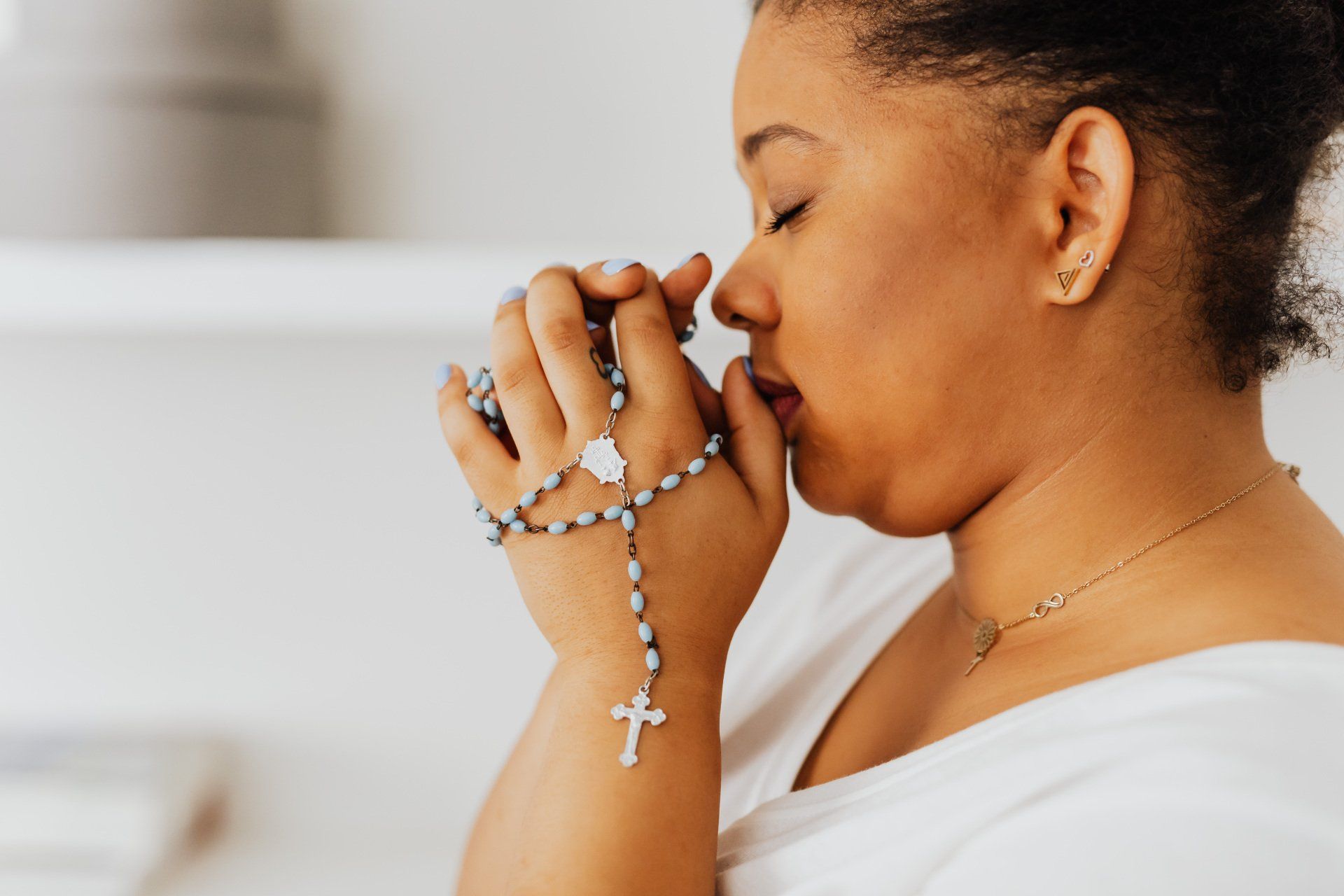The Talebearer

Healthy Praying Thinking about a New Year’s Resolution this week? My resolutions usually focus on improving my health. Have you resolved to exercise more, to lose a little weight, to adopt a healthy diet? There is another practice you can adopt this year to improve your health that also connects you to God. That is prayer. It is no secret that the practice of daily prayer and devotion brings spiritual blessings, but science now recognizes that it is also a source of physical health. Adopting a daily regimen of prayer – not just praying when the shells are about to land on your foxhole – helps you breathe in a way that strengthens your cardiovascular and nervous systems. In a 2001 study published in the British Medical Journal, scientists at the University of Pavia in Italy undertook a study on the health benefits of praying the rosary. Twenty-three test subjects, all in good physical condition, had sensors placed on their body to measure blood flow, cardiac rhythm, and nervous system activity while they recited the rosary. The Roman Catholic rosary is a Scripture-based prayer that begins with the Apostles' Creed, followed by the Lord’s Prayer, then the passage from the Gospel of Luke that begins the Hail Mary prayer and concludes with Elizabeth’s greeting to Mary from the same Gospel passage. For Roman Catholics, the rosary prayers center on the events of Christ's life and focus on four sets of Mysteries: Joyful, Sorrowful, Glorious, and Luminous. Catholic rosary beads have 49 beads: six large and 43 small, and a Cross. The beads are divided into four groups of ten called ‘decades’, separated by large beads, with three small and two large beads on a small strand that ends with the Cross. The Anglican Rosary prayers, which were offered at SOTH on Wednesdays before COVID, and which we hope to restart this year, are shorter and have a similar structure. Anglican prayer beads have 33 beads, five large and 28 small, forming a circle with one large bead and a cross outside the circle at the top. Inside the circle are four large beads, separated by seven small beads. These groups of seven are called ‘weeks’, and can be used for different prayers. Anglican rosary prayers do not have a formal structure like the Catholic Rosary but are self-designed, using the Lord’s Prayer, the creeds, seasonal prayers, the Jesus Prayer, and any other prayer that is important to your spiritual life. Praying an Anglican rosary begins with the Cross and large bead outside the circle, and then proceeds to the weeks. In my private devotions, I begin by taking the cross in my left hand and saying a prayer from the Compline service: “O Lord make speed to save us, O Lord make haste to help us”. I then take in my fingers the external large bead and say: “Glory to the Father, and the Son, and the Holy Spirit, as it was in the beginning, is now and ever shall be, world without end, Amen.” Then I begin the weeks. In the tests, the sensors registered a slowdown in the participants’ breathing, which caused the flow of blood to the brain and the variability of the cardiac frequency to begin to increase. This helped the heart and the nervous system to function with their greatest efficiency. When the participants ended their prayers and spoke and breathed as they normally did, blood and nerve flow reverted to their normal status. In 2013 New York doctors, Patricia Gerbarg and Richard Brown carried out two studies published in the book: “Breath: The New Science of a Lost Art.” They concluded that the most efficient breathing was when patients inhaled for 5.5 seconds and exhaled for 5.5 seconds, breathing between 5 and 6 times per minute. These studies helped survivors of 9/11, who suffered a chronic cough from exposure to the rubble. Practicing the 5.5-second breathing cycle for ten minutes a day, had long-term positive results on the cardiac, pulmonary, and nervous systems of those who faithfully practiced this discipline. It is not the prayer beads that provide the spiritual and health benefits – it is the practice of prayer that accomplishes this. The beads are merely a tool, akin to a Prayer Book, to assist you in your devotions. So if you want to get healthy this year: lose weight, exercise, change your diet – and adopt a prayer protocol that strengthens your soul as well as your body. Happy New Year!



